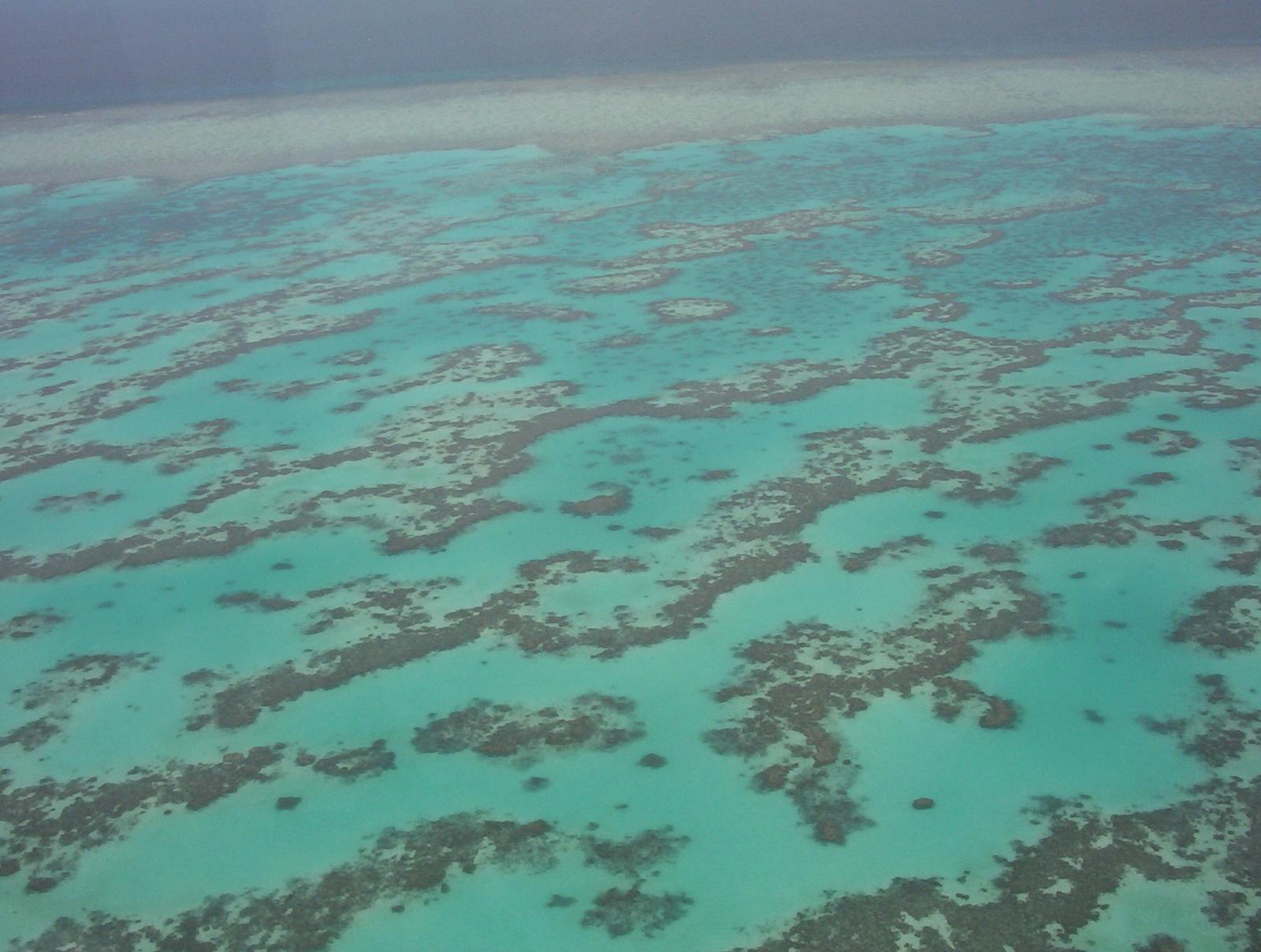Cape York Peninsula Tropical Savanna
The ecoregion’s land area is provided in units of 1,000 hectares. The conservation target is the Global Safety Net (GSN1) area for the given ecoregion. The protection level indicates the percentage of the GSN goal that is currently protected on a scale of 0-10. N/A means data is not available at this time.
Bioregion: Queensland Tropical Rainforests & Savannas (AU9)
Realm: Australasia
Ecoregion Size (1000 ha):
12,329
Ecoregion ID:
183
Conservation Target:
96%
Protection Level:
4
States: Australia
The Cape York Peninsula was once the connection point between Australia and the island of New Guinea when sea levels were lower in the past. Thus, the plants and animals here reflect a mixture of Australian and Papuan elements. The peninsula supports heathlands, dune vegetation, rainforest, wetlands, and mangrove vegetation. The ecoregion's location and diverse habitats make for a rich biota representing one quarter of Australia’s frogs, one quarter of its reptiles, a third of all mammals, and half of its birds represented.
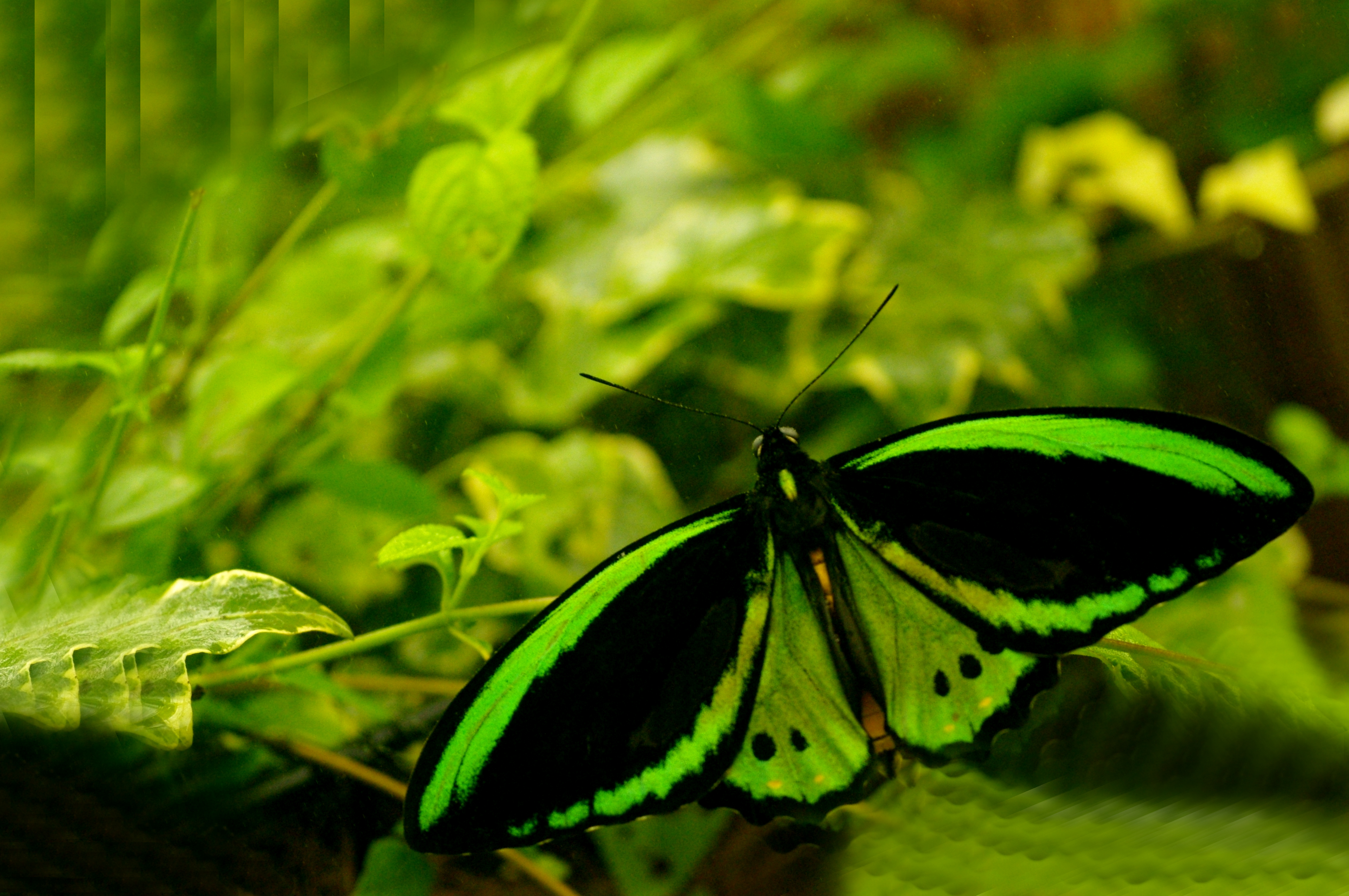
The flagship species for the Cape York Peninsula Tropical Savanna ecoregion is the Cape York birdwing butterfly. Image credit: Courtesy of Wildscreen Exchange
Cape York Peninsula experiences a tropical and monsoonal climate. It has a dry season between May and October, and a heavy monsoon season between November and April. The mean annual temperature ranges between 18ºC and 27ºC. Annual mean precipitation ranges from 700 mm in the south to 2,000 mm in the north. Eucalypt woodlands comprise 64% of the region, with 36% of the communities dominated by Darwin stringybark (Eucalyptus tetrodonta). Low open woodlands of Melaleuca spp. Cover 15%, while 20% of the rainforest in Australia occurs here with a concentration on the east coast. There are 36 mangrove species on both coasts of the Peninsula.

Yellow-spotted honeyeater. Image credit: JJ Harrison, Creative Commons
Overall, 39 distinct vegetation types are recognized. More than 100 Gondwanan plants (archaic lineages with links to the ancient supercontinent) occur here, including members of the primitive angiosperm families Annonaceae and Lauraceae, orchids of the Arthochilus, Corybas, and Calochilus genera, and members of the Araucariaceae and Podocarpaceae families. Sixty-two genera of orchids are recorded and 16% of the orchid flora in Australia occurs in the McIlwraith Ranges. Over 3,338 vascular plants are recorded in Cape York Peninsula, 264 are endemic and additional 100 are likely to be restricted to the ecoregion. Endemism is pronounced, for example, in Jedda (Thymelaeaceae) and the palms Normanbya and Wodyetia.
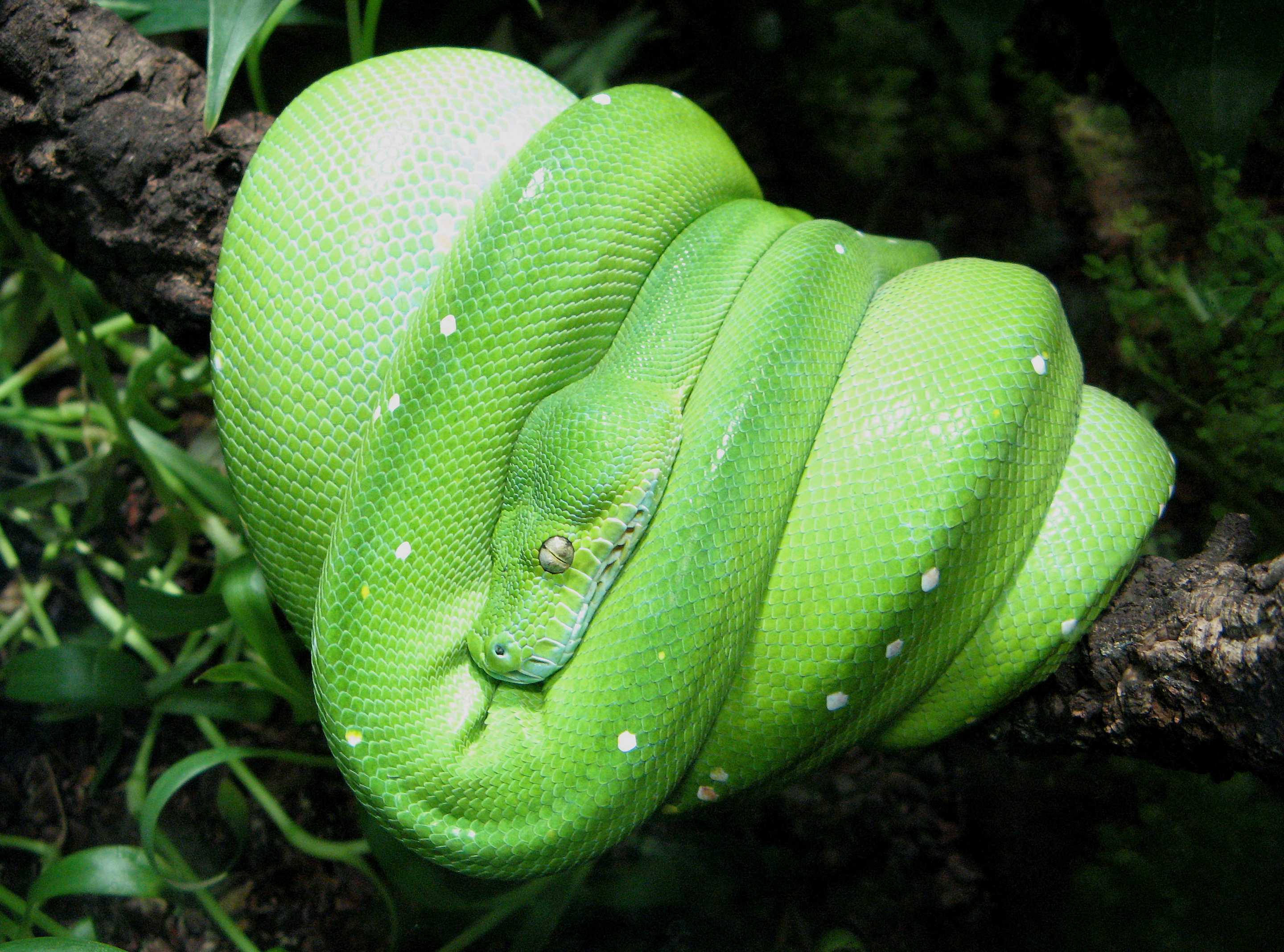
Green tree python. Image credit: Micha L Rieser, Creative Commons
The Peninsula supports 509 terrestrial vertebrates. Reptiles include black headed python (Aspidites melanocephalus), lace monitor (Varanus varius), and frilled lizard (Chlamydosaurus kingii). An estimated 223 (60%) of Australia butterflies are found on the Peninsula, including the spectacular Cape York birdwing (Troides priamus pronomus). Birds include the buff-breasted buttonquail (Turnix olivii), golden-shouldered parrot (Psephotus chrysopterygius), lovely fairywren (Malurus amabilis), white-streaked honeyeater (Trichodere cockerelli), and yellow-spotted honeyeater (Meliphaga notata). Most of these are restricted in range and globally threatened. Subspecies like the Cape York Peninsula form of rufous owl (Ninox rufa meesi) and the white-bellied form of crimson finch (Neochmia phaeton evangelinae) are also identified as threatened.
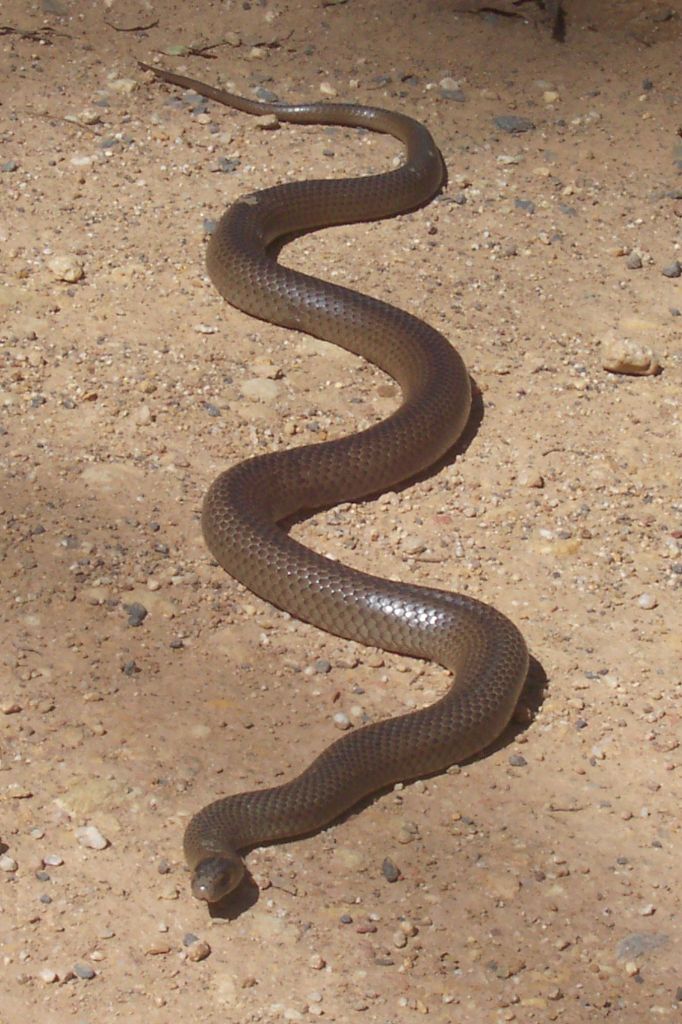
Eastern brown snake. Image credit: Peter Woodard, Creative Commons
Dense vegetation of riparian corridors is favored by frugivorous animals, including the palm cockatoo (Probosciger aterrimus), the spotted cuscus (Spilocuscus maculatus), the white-tailed rat (Uromys caudimaculatus), and Bennett’s tree-kangaroo (Dendrolagus bennettianus). Endangered mammals include the spotted-tailed quoll (Dasyurus maculatus gracilis) and the recently extinct Bramble Cay melomys (Melomys rubicola). The ecoregion is a major avian migration route for landbirds and waterbirds.
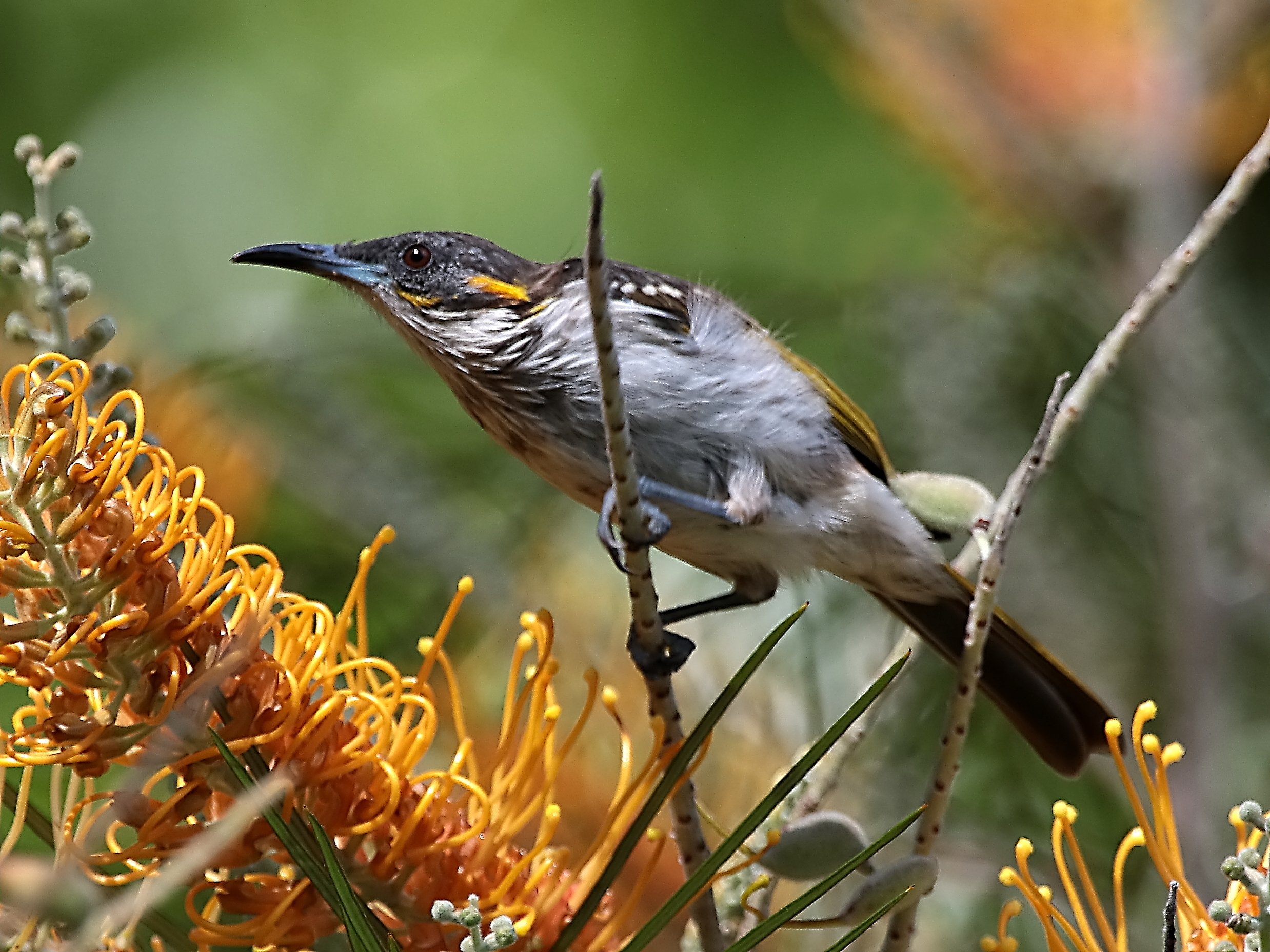
White-streaked honeyeater. Image credit: Creative Commons
The Peninsula is remote with much natural vegetation remaining and, unusually, 16 relatively intact freshwater watersheds. Due to the lack of disturbance by tectonic activities for millions of years, the region’s remarkably unfertile soil discouraged dense human settlement. However, intensive grazing in some areas degrades habitats, there are problems caused by feral pigs, introduced toxic cane toads (native predators are poisoned when they try to eat them), and invasive weeds; fire regimes have been altered leading to degradation and loss of habitats. Roughly 10% of the ecoregion is protected in national parks, and 24% in the protected area system.
The key conservation actions for the next decade are to: 1) implement and strengthen control of introduced and invasive species to reduce impact on natural habitats; 2) prioritize conservation attention towards Lilyvale, Morehead River, Lockerbie Scrub, and Iron and Mcllwarith Ranges Important Bird Areas due to rising development and tourism threats in these areas; and 3) revisit fire management strategies to adapt to changing climate and implement recommended actions.
Citations
- Abrahams, H., M. Mulvaney, D. Glasco, and A. Bugg. 1995. Areas of Conservation Significance on Cape York Peninsula. Cape York Peninsula Land Use Strategy. Australian Heritage Commission, Canberra, Australia. http://www.ea.gov.au/sdd/erin/cyplus/lup.
- Mackey, B.G., H. Nix, and P. Hitchcock. 2001. The Natural Heritage Significance of Cape York Peninsula. Prepared for the Queensland government by ANUTECH Pty. Ltd.
- Neldner, V.J. and J.R. Clarkson. 1995. Vegetation Survey and Mapping of Cape York Peninsula. Cape York Peninsula Land Use Strategy, Office of the Co-ordinator General and Queensland Department of Environment and Heritage, Brisbane, Australia.

